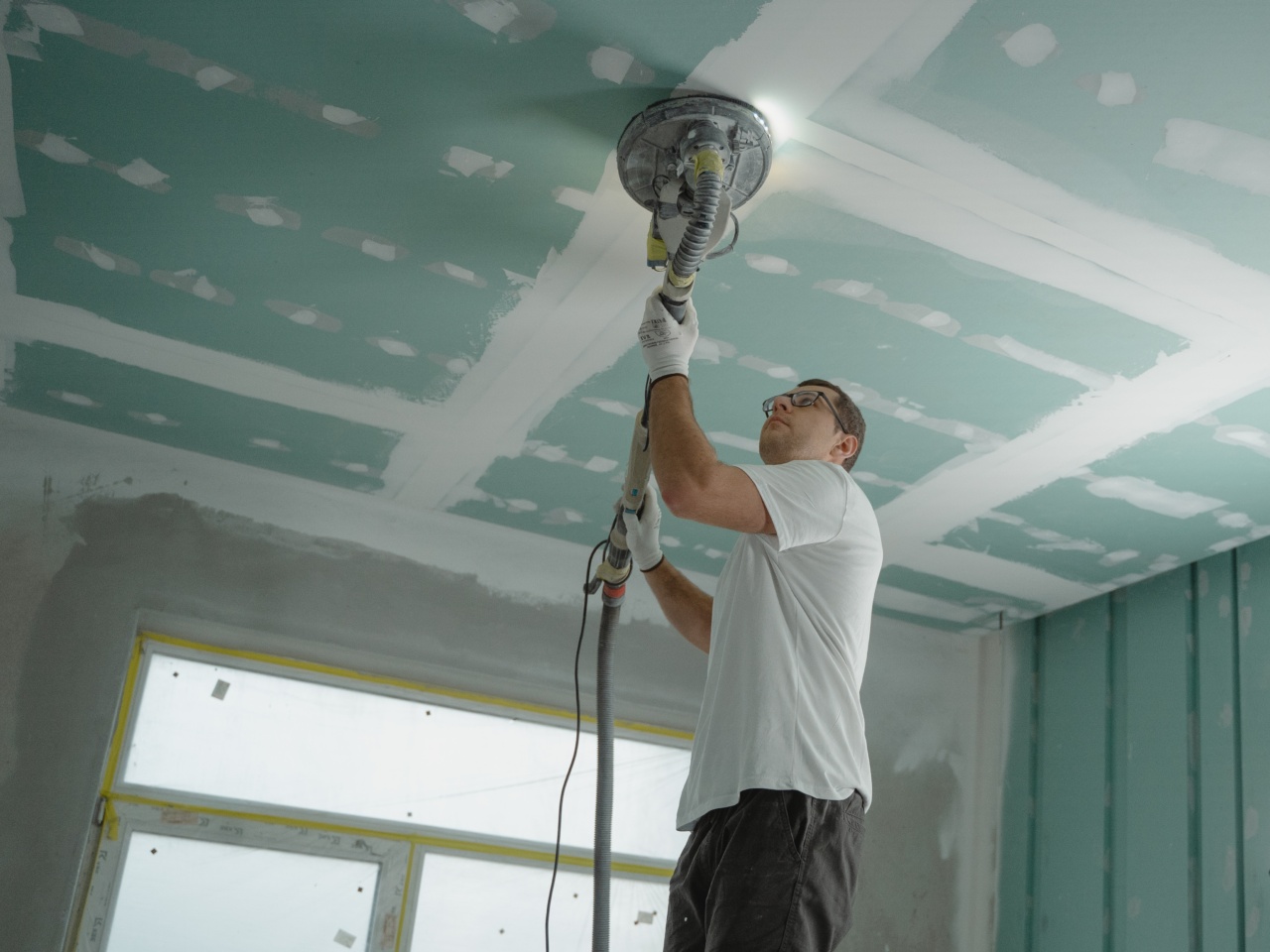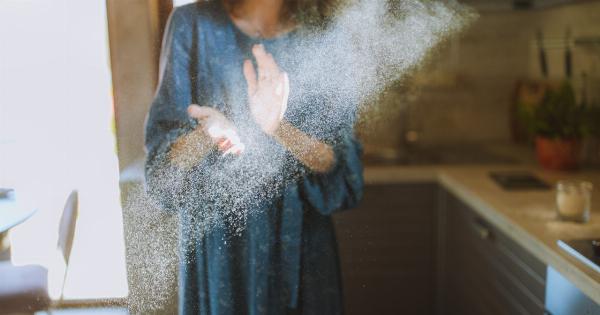Do you ever feel like no matter how much you clean your home, dust seems to build up quickly? It’s a never-ending battle, and there’s a good reason why.
Dust builds up inside houses, apartments, and other living spaces, even when we keep our homes spotless. In this article, we’ll explore why dust accumulates, how to manage dust build-up, and what effects it can have on your health.
What is Dust?
Dust is a mixture of small particles that can become airborne and settle on surfaces. It can come from many sources both inside and outside of your home. Common indoor sources include dead skin cells, pet dander, clothing fibers, pollen, and dust mites.
Outdoor dust originates from things like soil, pollen, and pollution. When these particles settle on surfaces, they can create a layer of dust that accumulates over time.
Why Does Dust Build Up Inside?
There are many reasons why dust accumulates inside your home. One of the primary reasons is the lack of proper ventilation. When your home is sealed off, it creates a stagnant environment that allows dust and other particles to accumulate and circulate.
Windows that don’t open, closed air ducts, and poor ventilation all contribute to dust buildup. Another reason for excess dust is the size of the home and the number of occupants. The more people and pets living in your home, the more dust created.
Dust generated from outside sources such as pollen and pollution can contribute to the overall amount of dust in your home.
Effects of Dust Buildup
There are many negative effects of dust buildup that can impact both your home and your health. Dust can cause respiratory issues such as allergies and asthma. It can also be an irritant to the eyes, nose, and throat, causing discomfort and irritation.
Excess dust buildup can also damage your electronics and appliances, reducing their lifespan. Additionally, dust can negatively impact the overall appearance of your home, making it look dirty and unkept.
How to Manage Dust Buildup
While you can’t completely eliminate dust from your home, you can manage it. Here are some tips to help reduce the amount of dust in your home:.
1. Clean Your Home Regularly
Cleaning your home regularly is one of the best ways to keep dust buildup under control. Make sure to dust surfaces at least once a week, vacuum carpets and rugs, and mop hard floors regularly.
Don’t forget to clean areas that are commonly overlooked, such as baseboards, ceiling fans, and air vents.
2. Use Air Purifiers
Air purifiers are a great way to improve the air quality in your home. They remove particles from the air, including dust, pollen, and other allergens. Place air purifiers in high traffic areas, such as bedrooms and living rooms, for optimal results.
3. Keep Humidity Levels Low
Maintaining low humidity levels in your home can reduce dust mite population and discourage mold growth. Use dehumidifiers in areas where moisture tends to accumulate, such as basements, bathrooms, and kitchens.
4. Change Your Air Filters Regularly
Changing your air filters every 90 days can make a big difference in the amount of dust in your home. Clean air filters improve air quality and help reduce the amount of dust and other particles circulating in your home.
5. Control Pet Dander
Pets can contribute to the amount of dust and allergens in your home. Control pet dander by bathing and brushing your pets regularly, keeping them off of furniture and beds, and vacuuming pet hair frequently.
Conclusion
Dust buildup is an ongoing problem for many homeowners, but it doesn’t have to be. By following these tips, you can reduce the amount of dust in your home and create a healthier living environment.
Keep your home clean, use air purifiers, maintain low humidity levels, change your air filters regularly, and control pet dander. These simple steps can make a big difference in the overall health and appearance of your home.































